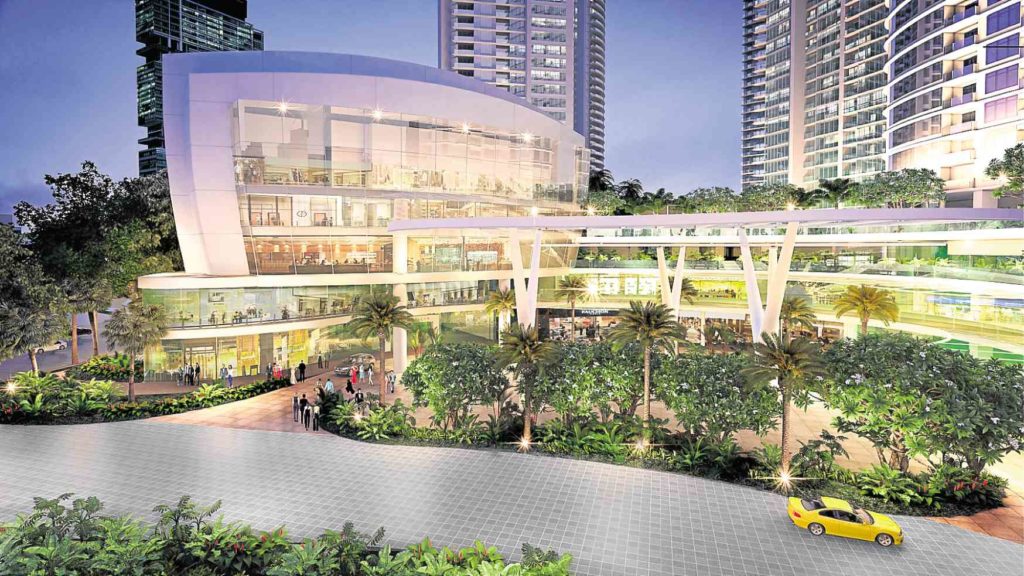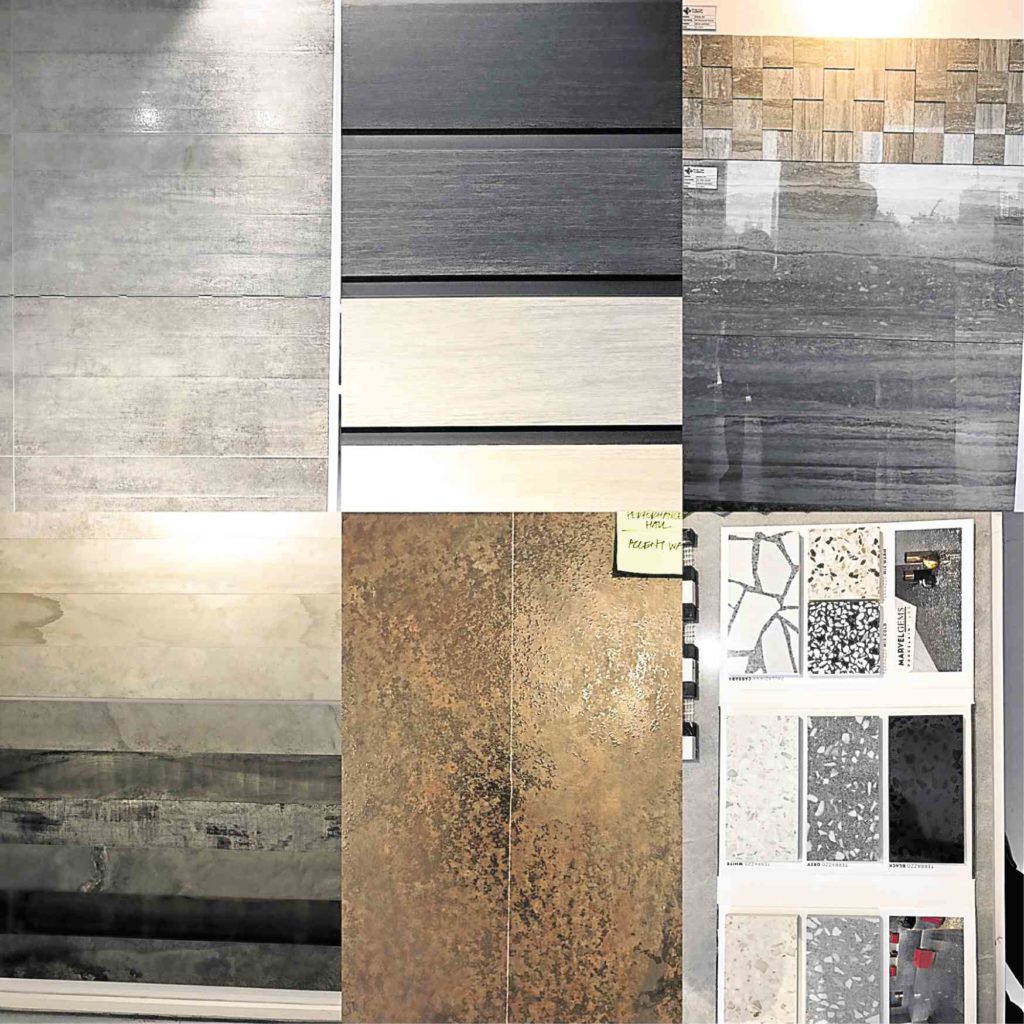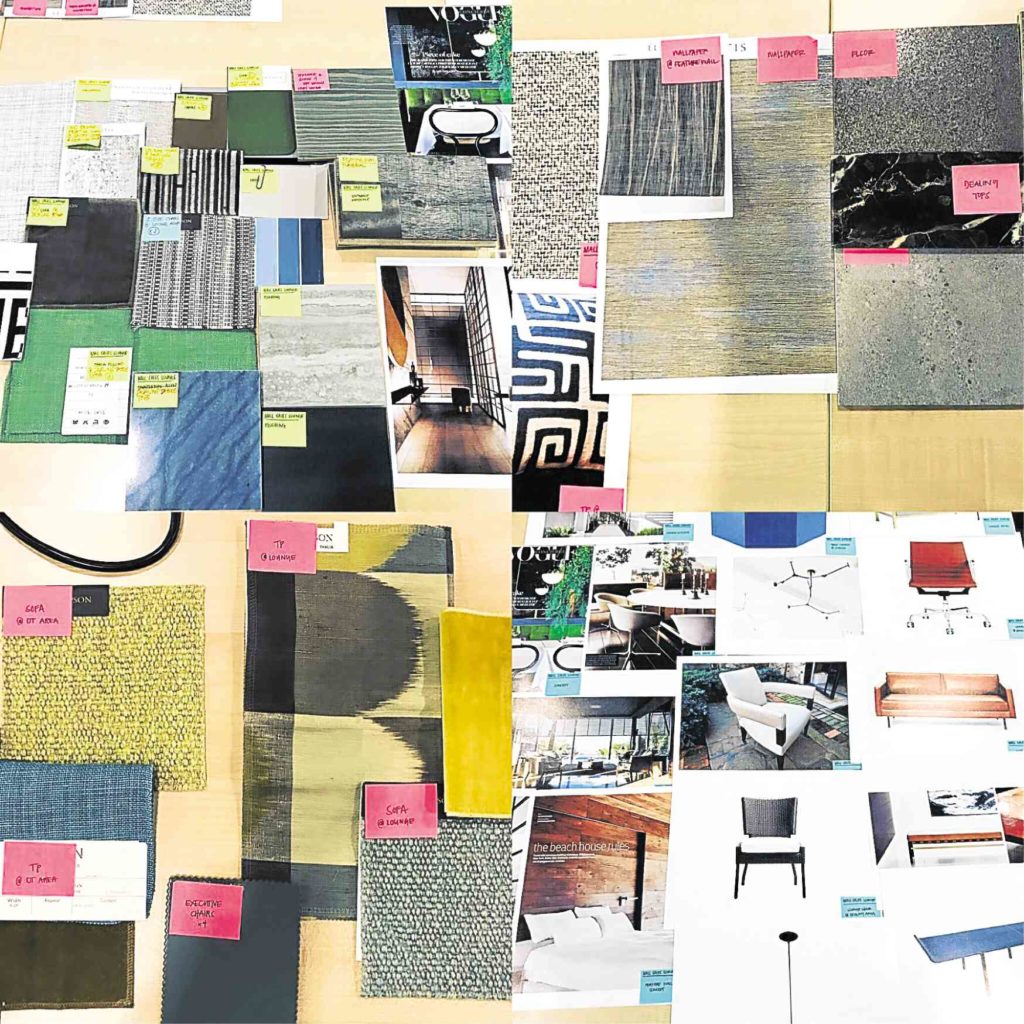A designer’s credo

“Design for the people, by the people.” These are the words that young designers should live by. It encapsulates how design should be done and to what purpose.
Every architectural masterpiece should place at its heart the consideration of who its users are. Architecture should be driven by its users.
It is in the designer’s skill and talent that he or she is able to create beauty from function. After all, what use is beauty if a place is not livable?
Purpose and function play important roles in the creation of architectural work. Although form is mostly appreciated as people tend to be visual, the everyday necessities of life should be reflected in how spaces are programmed.
In more recent practices, architecture, interior design, and related design fields have gone beyond the aesthetics. Community participation, in-depth user analysis, and ethnographic studies are some devices used by big design firms to come up with the correct product.
In landscape design and urban design for instance, achieving a sense of place or enhancing the spirit of a place entails the designer to study the users in context of the site.
The industry has also evolved into an organic practice. On one side, the aspect of function is manifested by the physical—spaces, rooms, and layout.
On the other, the aspect of the society is reflected—sense of place, accessibility, walkability, and psychology. These things are easily achieved by giant firms with the means to spend for such studies.
But, for newcomers in the industry, how can one fare well with competition looming around the corner?
How can one enhance the competitive edge? Here are some non-canon tips based on experience.
1 Know your users
A simple question of “who are your clients” should point the designer in the right direction. Simple structures like a residential apartment may be easy for a designer to design since we all live in a house. Therefore, we know what we need and want.
But for more complex typologies like an office building or a hotel, you get more user types. Knowing who they are will help you create programs specific to their needs.
2 Benchmark and compare
Have you visited the newly opened performing arts theater in your city? Or have you tried staying in one of the posh serviced apartments in the vicinity? If not, then you should do it.
It is by benchmarking that you can learn extensively. By looking at already existing structures, you surround yourself with a living classroom. You get to see which works for frequent users. You can then compare it with a similar project that you are working on.
3 Travel and experience life
Widen your knowledge by experiencing life around you. You design for people, therefore you should design for life. Travel doesn’t need to be expensive. A simple trip to the community park can give you a lot of insights. A short excursion to places outside the metro can give you ideas. What more if you go to places you have never been to?
Great design ideas are inspired by great places. Add to your inspiration the culture you expose yourself to, the people you meet, and the memories you create.
4 Collaborate
You should work with the experts particularly for specialty design trades. Doing a theater project? You should consult people who have been in the business of stage technology, acoustics and theater management. The people you collaborate with are extensions of yourself. You instantly get the skills you ought to need in designing unfamiliar building typologies.
This is also true for simple projects. If you are an architect designing a village clubhouse, you should be able to collaborate with a landscape architect for the streetscape and grounds design or an interior designer for the clubhouse interiors. Keep in mind that you also need to collaborate with your users.
5 Know your project context
Is your project located in a temperate country or a tropical country? Are your target users culture-specific or a melting pot of different cultures?
Identifying your project within the context of the location and its users gives you an edge in coming up with design solutions. Some materials work well in specific climates. Cultural references should also be considered for specific target users.
Working in Rockwell Land Corp. proved that collaborating with your users and clients is a valuable asset in creating an admirable product.
The property developer’s latest project in Makati, Rockwell Performing Arts Theater at the Proscenium, was conceptualized and designed, not only considering the sophisticated taste for the arts of the community, but also the artists who will be performing in the theater.


Residents were likewise consulted on the types of performances they want, as the Performing Arts Theater was envisioned as the heart of culture of the Rockwell Center that will complete the signature Rockwell lifestyle.
Indeed, the triumph of a masterpiece does not lie only with the designer and developer, but also on how it is used by the people.
One cannot claim success because a building is admired by its beauty alone. It has to serve its purpose first to the community and the people it was intended for.
The author is a registered architect who graduated from the University of Santo Tomas. He works as assistant design manager at a high end real estate developer. He is also finishing his Masters in Tropical Landscape Architecture from the University of the Philippines and is teaching part time at the National University Manila.
